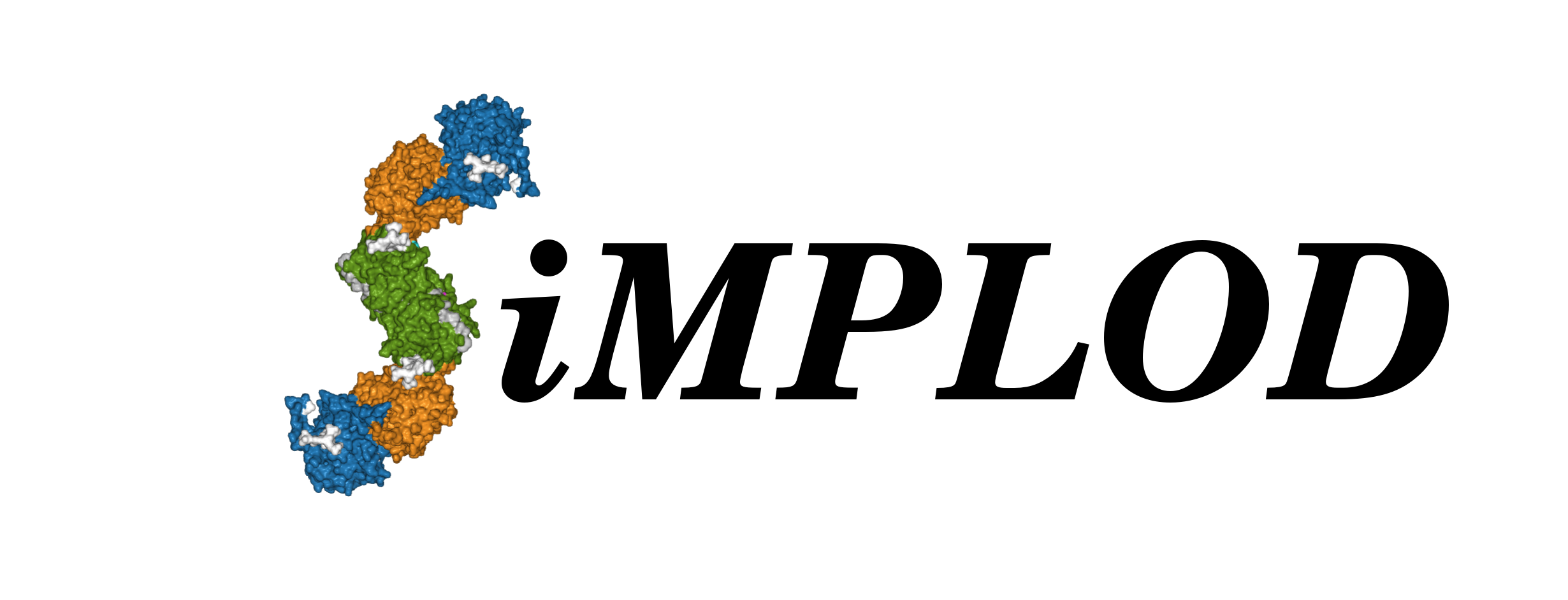 About
Contact
References
Structures
Adv. Search
Stats
Demo
About
Contact
References
Structures
Adv. Search
Stats
Demo
| LH3 PRO296ARG | ||
| SiMPLOD ID |
SiMPLOD3-299 | |
| Isoenzyme |
Lysyl Hydroxylase 3 (human) - UniProt - Full Info | |
| Nucleotide mutation |
PLOD3 NM_001084.4:c.887C>G - NCBI RefSeq NCBI SNP: rs143577626 NCBI ClinVar: 547022 |
|
| Mutation type |
Uncertain significance | |
| Disease Phenotype |
no disease phenotype information available | |
| Evidence at protein level |
This variant EXISTS at the protein level: published experimental data support its existence as protein product. | |
| LH Activity |
No experimental data available | |
| GT/GGT Activity |
No experimental data available | |
| Related Entries |
SiMPLOD1-319: LH1 delta282-325 (Pathogenic) SiMPLOD1-714: LH1 PRO286SER (SNP) SiMPLOD1-903: LH1 PRO286PRO (SNP) SiMPLOD3-293: LH3 loop283-297 (for biochemistry) SiMPLOD3-300: LH3 PRO296LEU (SNP) SiMPLOD3-315: LH3 PRO296HIS (Uncertain significance) SiMPLOD3-565: LH3 PRO296PRO (SNP) | |
| Last Update |
2021-06-23 08:38:51 | |
|
The three-dimensional visualization is currently based on the homology model of full-length, dimeric human LH3 (generated using the crystal structure of full-length human LH3 as template). You may select a different PDB model file to visualize the mutation(s) using the drop-down menu below (page will refresh): |
||
Thank you for using SiMPLOD - Created by Fornerislab@UniPV Follow @Fornerislab - Last curated update: 1970-01-01 00:00:00
We truly hate messages and disclaimers about cookies and tracking of personal info. But don't worry, we don't use any.